African violets, also known as Saintpaulia, are a popular choice for indoor plants due to their beautiful flowers and ease of care. These plants are native to Tanzania and were first discovered in the late 19th century by Baron Walter von Saint Paul-Illaire, a German colonial official. He found the plants growing in the Usambara Mountains and sent seeds back to Germany, where they were cultivated and eventually spread throughout Europe and the rest of the world.
There are several reasons why African violets have become such popular indoor plants. Firstly, they are known for their vibrant and long-lasting flowers. African violets come in a wide range of colors, including shades of purple, pink, blue, and white. Their flowers can bloom for several weeks at a time, providing a burst of color to any indoor space.
In addition to their beautiful flowers, African violets are also relatively easy to care for. They thrive in indoor environments with moderate temperatures and indirect sunlight. They do not require a lot of water and can be grown in small pots, making them ideal for apartment dwellers or those with limited space. With a little bit of attention and care, African violets can provide years of beauty and enjoyment.
Key Takeaways
- African violets are perfect indoor plants due to their small size, ease of care, and beautiful blooms.
- There are different types of African violets, including standard, miniature, trailing, and semiminiature varieties.
- Choosing the right soil and pot is crucial for the health of your African violets, as they prefer well-draining soil and shallow pots.
- Watering and fertilizing African violets requires a delicate balance, as overwatering and overfertilizing can harm the plants.
- African violets require bright, indirect light to thrive, and can benefit from supplemental artificial lighting.
Understanding the Different Types of African Violets
There are several different types of African violets, each with its own unique characteristics. The most common types include standard African violets, miniature African violets, trailing African violets, and semi-miniature African violets.
Standard African violets are the most popular type and are known for their large, showy flowers. They typically have broad leaves and can grow up to 12 inches in diameter. Miniature African violets, on the other hand, are much smaller in size and have smaller flowers. They are perfect for those who have limited space or prefer a more delicate look.
Trailing African violets have long, cascading stems that can reach several feet in length. They are often grown in hanging baskets or on shelves to showcase their trailing growth habit. Semi-miniature African violets are a cross between standard and miniature varieties. They have medium-sized flowers and leaves and are a popular choice for those who want a balance between size and delicacy.
Identifying the different types of African violets can be done by examining their size, flower shape, and growth habit. Standard African violets will have larger leaves and flowers, while miniature varieties will have smaller leaves and flowers. Trailing African violets will have long stems that cascade down, while semi-miniature African violets will have medium-sized leaves and flowers.
Choosing the Right Soil and Pot for Your African Violets
Choosing the right soil and pot for your African violets is crucial for their overall health and well-being. African violets prefer a well-draining soil mix that is rich in organic matter. A good potting mix for African violets should be light, airy, and able to retain moisture without becoming waterlogged.
When selecting a pot for your African violets, it is important to choose one that is the right size. The pot should be slightly larger than the root ball of the plant to allow for growth, but not too large that it holds excess moisture. It is also recommended to choose a pot with drainage holes to prevent water from pooling at the bottom.
When repotting your African violets, it is best to do so when they are actively growing. This is usually in the spring or early summer. Gently remove the plant from its current pot, being careful not to damage the roots. Place the plant in its new pot, making sure the roots are spread out evenly. Fill the pot with the appropriate soil mix, leaving a small space at the top for watering.
Watering and Fertilizing African Violets: Dos and Don’ts
| Watering and Fertilizing African Violets: Dos and Don’ts |
|---|
| Watering Dos: |
| – Water from the bottom to avoid getting water on the leaves |
| – Use room temperature water |
| – Water when the top inch of soil is dry |
| Watering Don’ts: |
| – Don’t overwater, as this can lead to root rot |
| – Don’t let the plant sit in standing water |
| – Don’t water with cold water |
| Fertilizing Dos: |
| – Use a balanced fertilizer specifically formulated for African violets |
| – Follow the instructions on the fertilizer package |
| – Fertilize every 2-4 weeks during the growing season |
| Fertilizing Don’ts: |
| – Don’t over-fertilize, as this can lead to salt buildup and damage the plant |
| – Don’t fertilize during the dormant season |
Proper watering and fertilizing are essential for the health and growth of African violets. These plants prefer to be kept evenly moist, but not overly wet. Overwatering can lead to root rot, while underwatering can cause the plant to wilt and die.
When watering African violets, it is best to water from the bottom rather than from the top. This allows the plant to take up water as needed without getting the leaves wet, which can lead to leaf spots and other diseases. To water from the bottom, place the pot in a saucer filled with water and allow the plant to soak up the water through the drainage holes in the bottom of the pot. Once the top of the soil feels moist, remove the pot from the saucer and allow any excess water to drain away.
Fertilizing African violets is also important for their overall health and growth. These plants have specific nutrient requirements and benefit from regular feeding. Use a balanced fertilizer specifically formulated for African violets, following the instructions on the package for application rates. It is best to fertilize African violets every 4-6 weeks during their active growing season.
When fertilizing, it is important not to overdo it. Too much fertilizer can burn the roots of African violets and cause damage to the plant. It is always better to err on the side of caution and use less fertilizer than recommended rather than too much.
Lighting Requirements for Healthy African Violets
Proper lighting is crucial for the health and flowering of African violets. These plants require bright, indirect light to thrive. They should be placed near a window that receives bright, filtered light, but not direct sunlight. Direct sunlight can cause the leaves to burn and the flowers to fade.
If you do not have a window that provides enough light for your African violets, you can supplement their light requirements with artificial lighting. Grow lights or fluorescent lights can be used to provide the necessary light for African violets. Place the lights about 12-18 inches above the plants and keep them on for 12-14 hours a day.
It is important to monitor the light levels for your African violets and adjust as needed. If the leaves start to turn pale or yellow, it may be an indication that the plant is not receiving enough light. On the other hand, if the leaves become dark green and elongated, it may be a sign that the plant is receiving too much light.
Common Pests and Diseases of African Violets and How to Prevent Them

Like any plant, African violets are susceptible to pests and diseases. Some common pests that can affect African violets include aphids, mealybugs, spider mites, and thrips. These pests can cause damage to the leaves and flowers of the plant, leading to stunted growth and reduced flowering.
To prevent pests from infesting your African violets, it is important to keep a close eye on your plants and inspect them regularly for any signs of infestation. If you do notice pests, there are several methods you can use to control them. One option is to use insecticidal soap or neem oil, which are both effective at killing pests without harming the plant. Another option is to introduce natural predators, such as ladybugs or lacewings, which will feed on the pests and help control their population.
In addition to pests, African violets can also be susceptible to diseases such as powdery mildew, root rot, and crown rot. These diseases are often caused by overwatering or poor air circulation. To prevent these diseases, it is important to water African violets properly and provide adequate ventilation. If you do notice signs of disease, such as wilting or discoloration, it is best to remove the affected leaves or plants to prevent the spread of the disease.
Propagating African Violets: From Leaf Cuttings to Division
Propagating African violets is a fun and rewarding way to expand your collection of plants. There are several methods you can use to propagate African violets, including leaf cuttings and division.
To propagate African violets from leaf cuttings, select a healthy leaf from the parent plant and cut it off at the base. Dip the cut end of the leaf in rooting hormone to encourage root growth, then place the leaf in a small pot filled with moist potting mix. Cover the pot with a plastic bag or dome to create a humid environment and place it in a warm, bright location. After a few weeks, roots should start to form and a new plant will begin to grow.
Division is another method of propagating African violets. This method is best done when repotting the parent plant. Gently remove the plant from its pot and separate the individual crowns or rosettes. Each crown should have its own set of leaves and roots. Plant each division in its own pot with fresh potting mix and water thoroughly. The new divisions should start to grow and establish themselves within a few weeks.
Repotting African Violets: When and How to Do It
Repotting African violets is necessary when they outgrow their current pots or when the soil becomes compacted and loses its ability to drain properly. It is best to repot African violets when they are actively growing, usually in the spring or early summer.
To repot African violets, gently remove the plant from its current pot, being careful not to damage the roots. If the roots are tightly packed, you can gently loosen them with your fingers or a fork. Choose a new pot that is slightly larger than the root ball of the plant and has drainage holes in the bottom. Fill the pot with a well-draining potting mix and place the plant in the center, making sure the roots are spread out evenly. Firmly press the soil around the plant to secure it in place.
After repotting, water the plant thoroughly to help settle the soil and remove any air pockets. Place the plant in a bright location, but out of direct sunlight, and allow it to adjust to its new pot. Avoid fertilizing for a few weeks after repotting to give the plant time to recover.
Displaying African Violets: Creative Ideas for Showcasing Your Plants
African violets are not only beautiful plants, but they can also be used as decorative elements in your home. There are several creative ways to display African violets and showcase their beauty.
One idea is to create a terrarium or mini greenhouse for your African violets. This can be done by placing several plants in a glass container with a lid or cover. The glass container will create a humid environment for the plants and allow you to see their growth and development.
Another idea is to use hanging baskets or macrame plant hangers to display your African violets. This will allow them to cascade down and create a beautiful display of flowers and foliage. Hanging baskets can be hung from hooks or brackets on walls or ceilings, while macrame plant hangers can be hung from hooks or curtain rods.
You can also create a dedicated display area for your African violets by using shelves or plant stands. Arrange your plants in a visually pleasing way, with taller plants in the back and shorter plants in the front. This will create a layered effect and allow each plant to be seen and appreciated.
Troubleshooting African Violet Problems: Solutions to Common Issues
Despite their relatively easy care, African violets can sometimes face problems that can affect their health and growth. Some common issues that African violets may face include yellowing leaves, wilting, and lack of flowering.
Yellowing leaves can be a sign of overwatering or nutrient deficiencies. To remedy this, adjust your watering schedule and make sure the plant is not sitting in water. If the yellowing persists, you may need to fertilize the plant with a balanced fertilizer specifically formulated for African violets.
Wilting can be caused by underwatering or root rot. If your African violet is wilting, check the soil moisture and adjust your watering accordingly. If the soil is consistently wet and the roots are mushy or discolored, it may be a sign of root rot. In this case, you will need to repot the plant in fresh soil and trim away any affected roots.
Lack of flowering can be caused by several factors, including insufficient light, improper fertilization, or stress. Make sure your African violet is receiving enough bright, indirect light and adjust your fertilization schedule if necessary. If the plant has recently been repotted or experienced any other changes in its environment, it may take some time for it to adjust and start flowering again.
In conclusion, African violets are a popular choice for indoor plants due to their beautiful flowers and ease of care. They come in a variety of types, each with its own unique characteristics. Choosing the right soil and pot, as well as providing proper watering, fertilizing, and lighting, are essential for their health and growth. African violets can be propagated through leaf cuttings or division and should be repotted when necessary. With a little bit of attention and care, African violets can provide years of beauty and enjoyment in your home.
If you’re a fan of African violets and want to learn more about caring for these beautiful plants, check out this informative article on Just Tidings. It provides helpful tips and tricks for keeping your African violets healthy and thriving. Whether you’re a seasoned gardener or just starting out, this article is a must-read for anyone looking to add a touch of elegance to their indoor garden. Read more













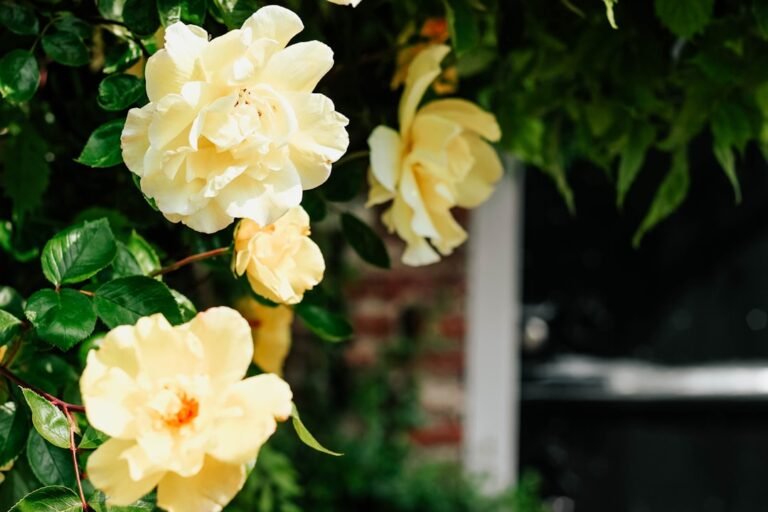


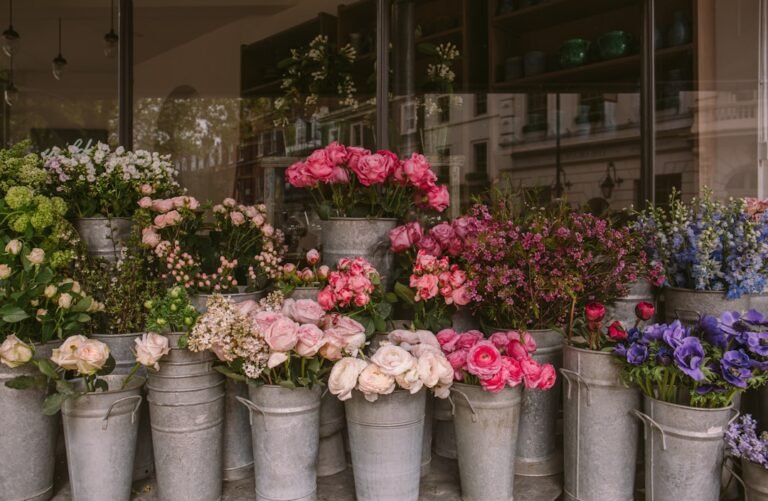

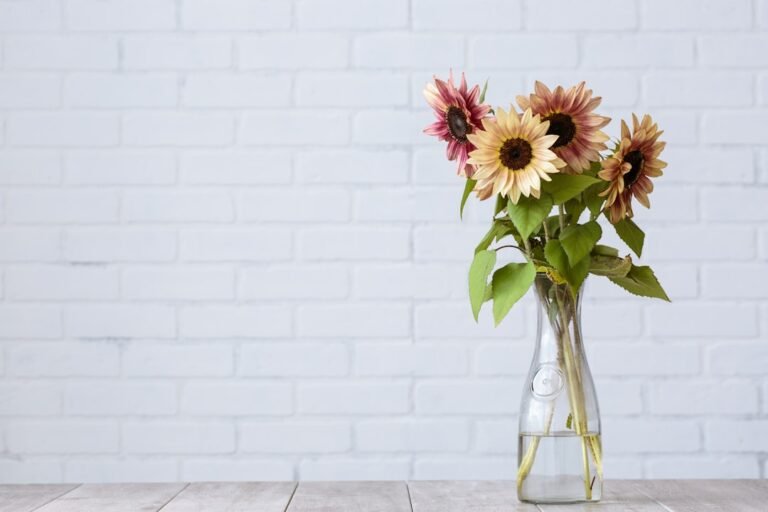
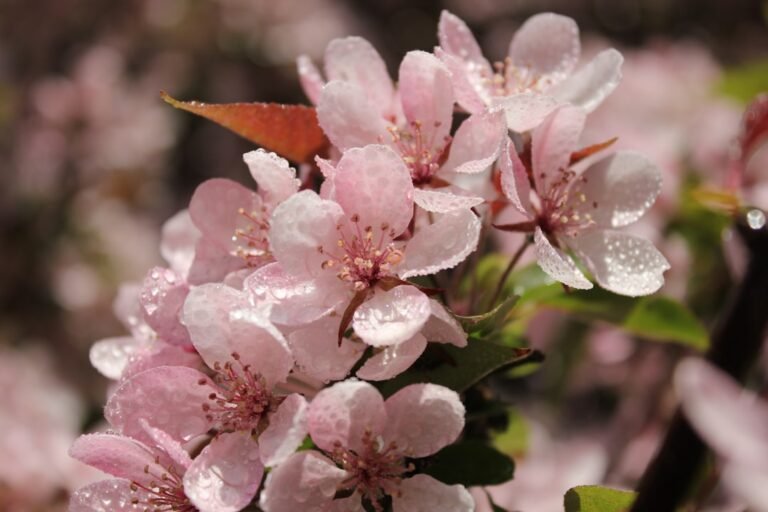
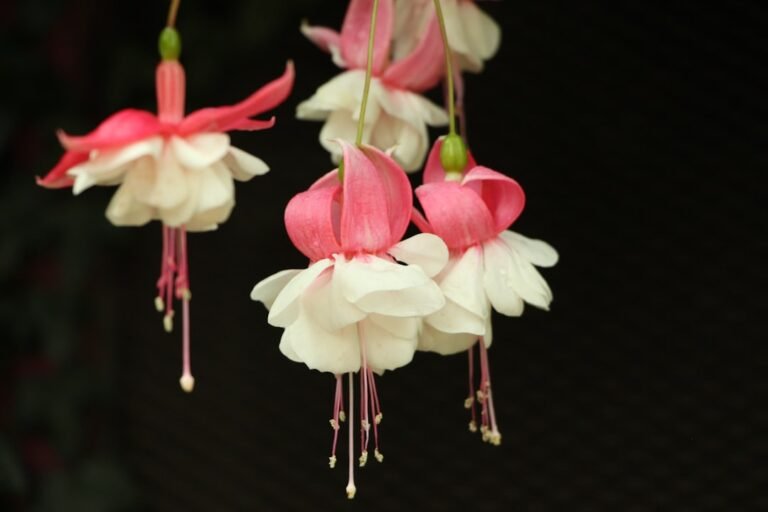
+ There are no comments
Add yours